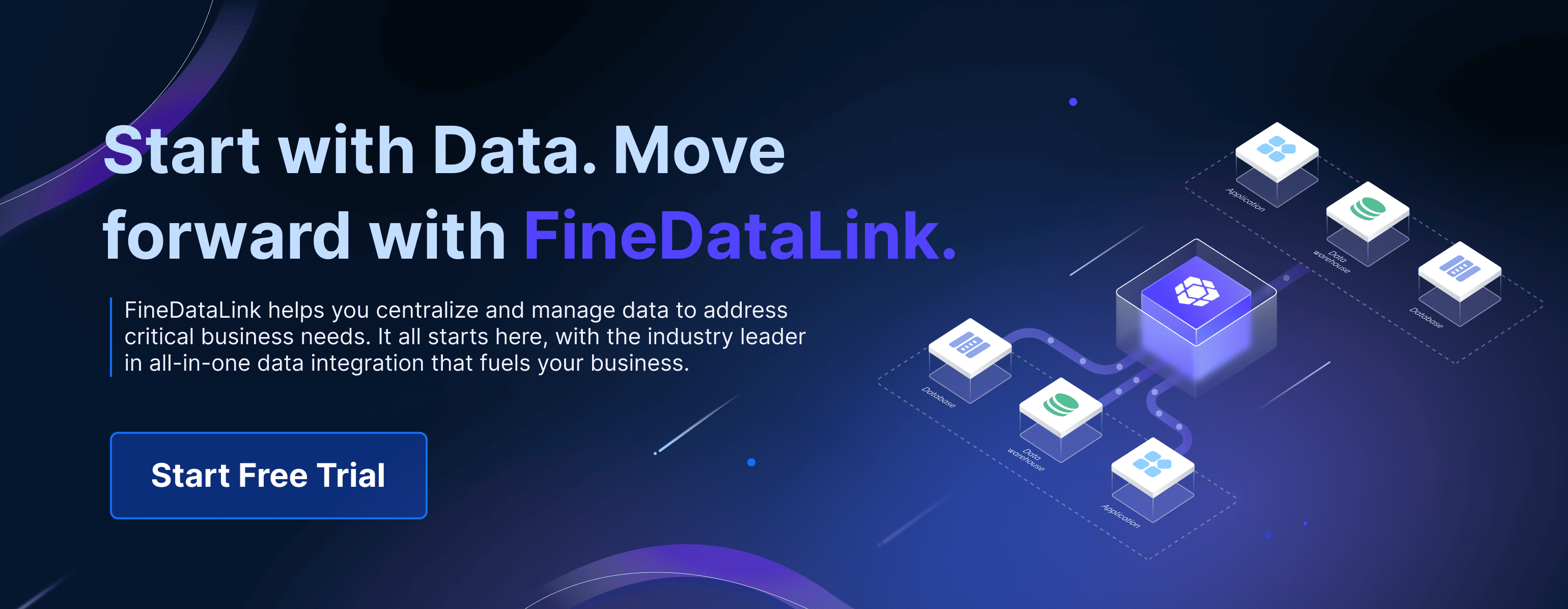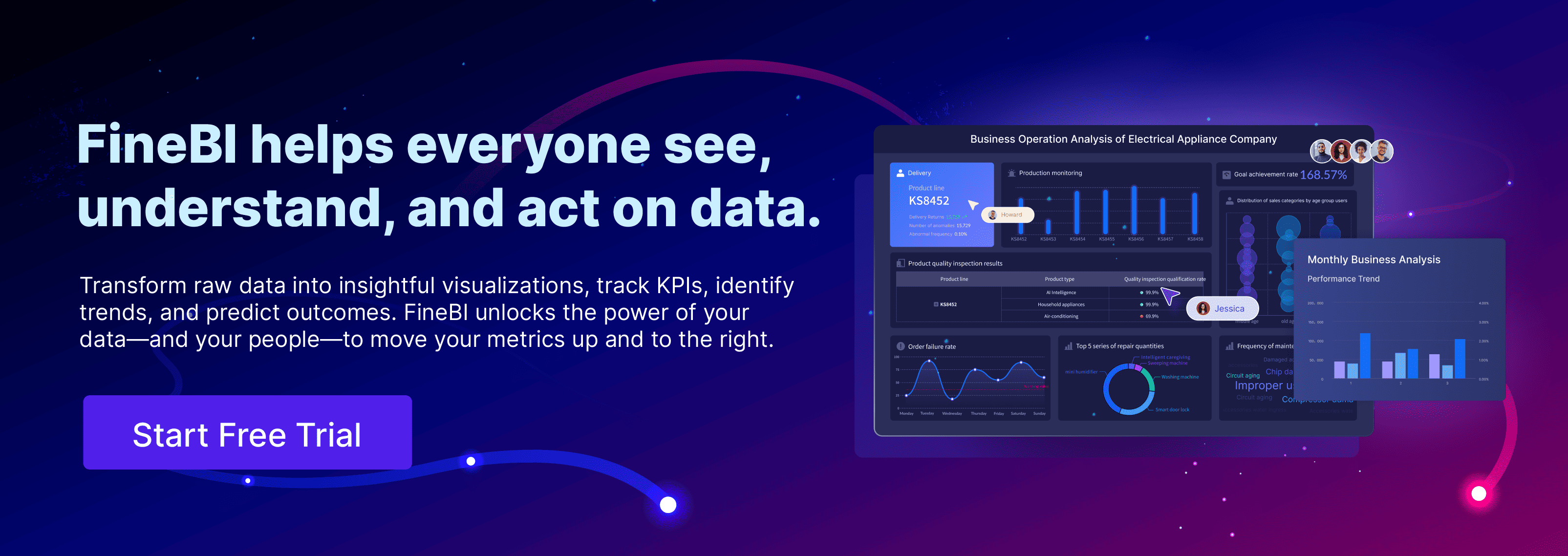

Initial data assessment plays a crucial role in today's data-driven world. You need to ensure data quality and reliability, which are top priorities for data teams. Many organizations still rely on manual checks, leading to low productivity. By conducting an effective data assessment, you set clear goals to enhance data governance and operational efficiency. This process helps you implement stricter protocols around the data lifecycle, ensuring stronger security controls. Using tools like FineDataLink can streamline this data assessment process, allowing you to focus on strategic growth and informed decision-making. Additionally, leveraging FineBI can further enhance your data analysis capabilities, providing insightful visualizations and real-time analytics to support your data-driven initiatives.
Understanding the Need for Data Assessment
In today's data-centric environment, understanding the need for data assessment becomes crucial. You must ensure that your data is both reliable and relevant. This section will guide you through identifying data sources and defining assessment objectives, which are essential steps in conducting an effective data assessment.
Identifying Data Sources
To begin your data assessment, you need to identify where your data originates. Data sources can be broadly categorized into two types:
Internal Data Sources
Internal data sources refer to the data generated within your organization. This includes databases, spreadsheets, and any other systems that store company-specific information. By examining these sources, you gain insights into operational processes and performance metrics. Internal data often provides a comprehensive view of your business activities, helping you make informed decisions.
External Data Sources
External data sources come from outside your organization. These include market research reports, social media analytics, and data from third-party vendors. External data helps you understand industry trends and customer behavior. By integrating external data with internal data, you create a more holistic view of your business environment.
Defining Assessment Objectives
Once you have identified your data sources, the next step is to define clear objectives for your data assessment. This involves focusing on two main aspects:
Data Quality
Data quality is paramount. You need to ensure that your data is accurate, complete, and consistent. High-quality data leads to better decision-making and improved business outcomes. During the assessment, check for errors, duplicates, and missing values. Implementing data cleaning techniques can enhance the quality of your data.
Data Relevance
Data relevance refers to how well your data aligns with your business goals. You should evaluate whether the data you collect supports your strategic objectives. Relevant data provides actionable insights that drive growth and innovation. Regularly reviewing your data sources ensures that you focus on the most pertinent information.
By understanding the need for data assessment and following these steps, you can effectively manage your data resources. This process not only improves data quality and relevance but also supports your organization's strategic initiatives.
Preparing for the Data Assessment
To conduct a successful data assessment, you must prepare thoroughly. This preparation involves gathering the right tools and resources and establishing a clear timeline. By doing so, you ensure that your data assessment process is efficient and effective.
Gathering Necessary Tools and Resources
You need the right tools and resources to perform a comprehensive data assessment. These tools help streamline the process and improve accuracy.
Software Tools
Start by selecting the appropriate software tools. Data Cleaning and Preparation Tool is essential for cleaning and formatting data. It uses built-in functions or macros to prepare data for analysis. Additionally, consider using a Data Quality Tool. This tool offers basic features that make your work easier and faster. It enhances result accuracy, ensuring that your data is reliable and ready for assessment.
Human Resources
Human resources play a crucial role in data assessment. Assemble a team with diverse skills. Include data analysts, IT professionals, and business experts. Each member brings unique insights and expertise. This collaboration ensures a thorough and well-rounded assessment. Assign clear roles and responsibilities to each team member. This clarity helps avoid confusion and ensures that everyone knows their tasks.
Establishing a Timeline
A well-defined timeline keeps your data assessment on track. It helps you manage time effectively and achieve your goals.
Short-term Goals
Set short-term goals to guide your initial efforts. These goals might include identifying data sources or evaluating data quality. Short-term goals provide quick wins and build momentum. They help you stay focused and motivated throughout the assessment process.
Long-term Goals
Long-term goals focus on the bigger picture. They might involve integrating data into a centralized system or improving data governance. Long-term goals ensure that your data assessment aligns with your strategic objectives. They provide direction and purpose, helping you achieve lasting improvements.
By gathering the necessary tools and resources and establishing a clear timeline, you prepare effectively for your data assessment. This preparation sets the foundation for a successful assessment, ensuring that your data is accurate, relevant, and aligned with your business goals.
Conducting the Data Assessment

Conducting a data assessment involves evaluating both the quality and relevance of your data. This process ensures that your data supports your business goals effectively.
Evaluating Data Quality
Data quality is crucial for making informed decisions. You need to assess two key aspects: completeness and consistency.
Completeness
Completeness refers to having all necessary data available. Missing data can lead to inaccurate analysis and poor decision-making. You should check for gaps in your datasets. Ensure that all required fields are filled. Tools like DataMatch Enterprise can help automate this process. They allow you to focus on more strategic tasks by rectifying data quality errors efficiently.
Consistency
Consistency ensures that data remains uniform across different sources. Inconsistent data can cause confusion and errors. You should verify that data formats and values are consistent. Regular checks help maintain data integrity. A recent survey highlighted that many data teams still rely on manual checks. This underscores the importance of using data quality tools to streamline the process.
Assessing Data Relevance
Data relevance determines how well your data aligns with your objectives. It involves evaluating alignment with objectives and usability for analysis.
Alignment with Objectives
Your data should support your business goals. You need to assess whether the data you collect aligns with your strategic objectives. Relevant data provides actionable insights. It drives growth and innovation. Regularly review your data sources to ensure they remain aligned with your goals.
Usability for Analysis
Usability refers to how easily data can be analyzed. Data should be in a format that facilitates analysis. You should ensure that data is organized and accessible. This makes it easier to derive insights and make informed decisions. By focusing on usability, you enhance the effectiveness of your data analysis efforts.
By conducting a thorough data assessment, you ensure that your data is both high-quality and relevant. This process supports your organization's strategic initiatives and enhances decision-making capabilities.
Analyzing Data Assessment Results
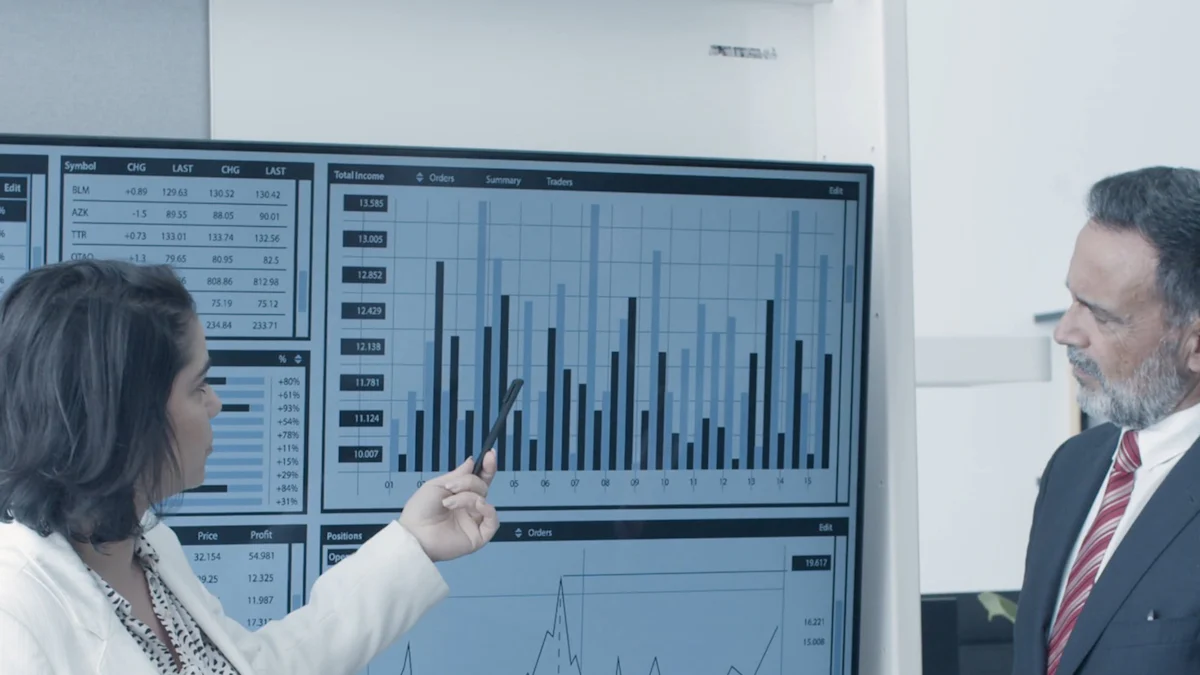
Analyzing the results of your data assessment is crucial. This step helps you understand the quality and relevance of your data. By interpreting these findings, you can make informed decisions to enhance your data management strategies.
Interpreting Data Quality Findings
Interpreting data quality findings involves identifying gaps and addressing inconsistencies. These actions ensure that your data remains reliable and accurate.
Identifying Data Gaps
You need to compare new data with old data to identify any gaps. This comparison highlights missing information that could affect your analysis. By recognizing these gaps, you can take steps to fill them. This process ensures that your data is complete and ready for use.
- Review historical data: Compare it with current datasets.
- Spot missing entries: Identify fields that lack information.
- Fill gaps: Use data enrichment techniques to complete missing data.
Addressing Data Inconsistencies
Data inconsistencies can lead to errors in analysis. You must address these issues to maintain data integrity. Consistent data ensures that your analysis is accurate and reliable.
- Check for uniformity: Ensure data formats and values are consistent.
- Use data validation tools: Automate the process of identifying inconsistencies.
- Correct errors: Implement data cleaning techniques to rectify issues.
Evaluating Data Relevance Outcomes
Evaluating data relevance outcomes involves prioritizing data sets and aligning them with business goals. This evaluation ensures that your data supports strategic objectives.
Prioritizing Data Sets
Not all data holds equal importance. You need to prioritize data sets based on their relevance to your objectives. This prioritization helps you focus on the most valuable information.
- Assess data utility: Determine which data sets provide actionable insights.
- Rank data sets: Prioritize those that align with your strategic goals.
- Allocate resources: Focus efforts on high-priority data sets.
Aligning with Business Goals
Your data should align with your business goals. This alignment ensures that your data-driven initiatives support your strategic objectives.
- Review business objectives: Ensure data collection aligns with these goals.
- Adjust data strategies: Modify data collection and analysis methods as needed.
- Monitor progress: Regularly evaluate how well data supports business goals.
By analyzing data assessment results, you gain valuable insights into the quality and relevance of your data. This analysis helps you make informed decisions, ensuring that your data management strategies align with your organization's objectives.
Implementing Data Assessment with FineDataLink
Incorporating FineDataLink into your data assessment process can significantly enhance both data quality and relevance. This platform offers a comprehensive suite of tools designed to streamline data integration and management, ensuring that your data remains accurate and actionable.
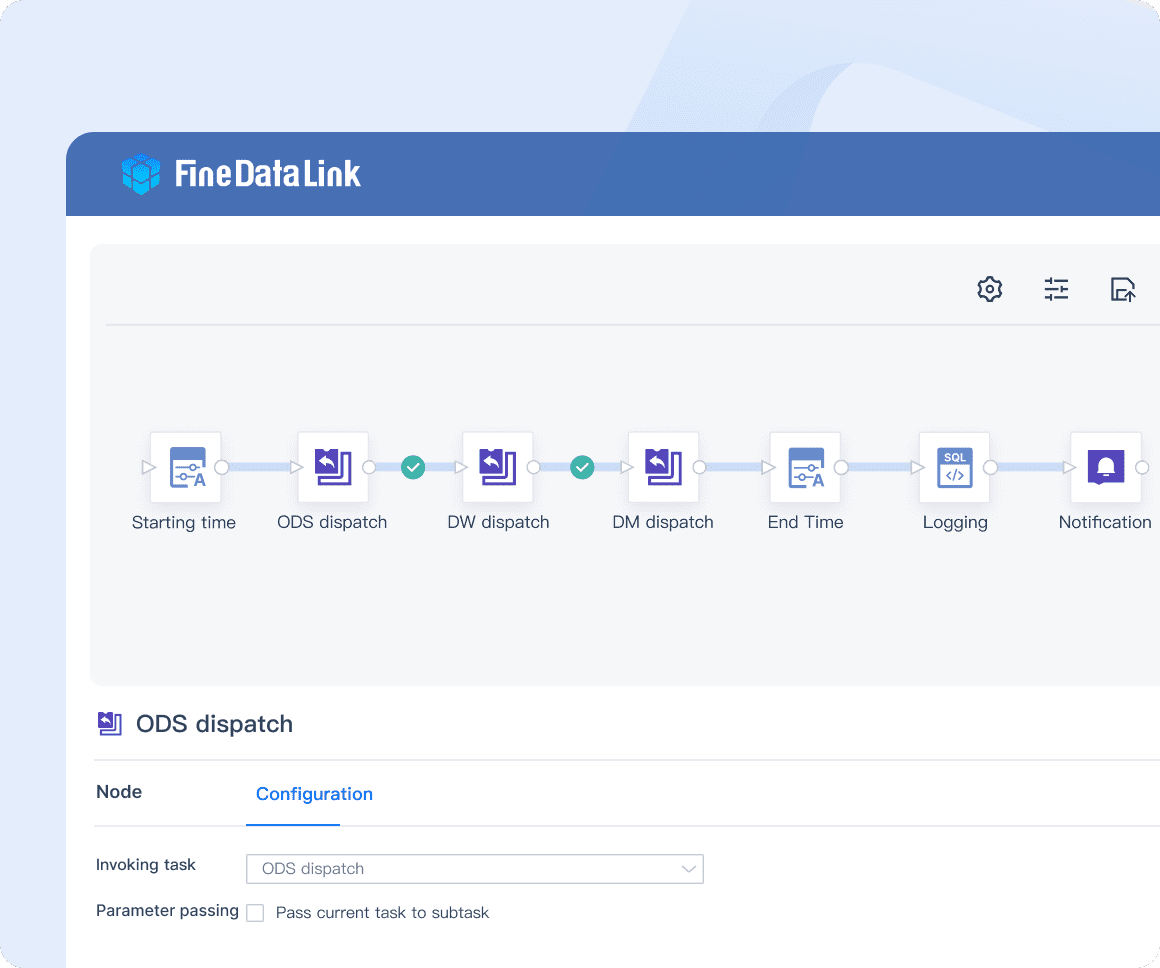
Enhancing Data Quality
To maintain high data quality, you need to focus on effective cleaning and validation processes. These steps ensure that your data is reliable and ready for analysis.
Data Cleaning Techniques
Data cleaning involves removing errors and inconsistencies from your datasets. You can use tools like DataMatch Enterprise to automate this process. This tool allows you to profile, clean, match, merge, and purge millions of records quickly. By doing so, you save time and effort, allowing your team to focus on more strategic tasks. Regular data cleaning ensures that your datasets remain accurate and complete, which is essential for making informed decisions.
Data Validation Processes
Data validation checks the accuracy and consistency of your data. Implementing robust validation processes helps you identify and correct errors before they affect your analysis. Consider using a data quality management tool that offers self-service capabilities. Such a tool can profile data, perform cleansing activities, and match duplicates, providing a single source of truth. This approach enhances the performance of data stewards and analysts, ensuring that your data remains trustworthy.
Increasing Data Relevance
To maximize the value of your data, you must ensure its relevance to your business objectives. This involves employing strategies for enrichment and integration.
Data Enrichment Strategies
Data enrichment adds value to your existing datasets by incorporating additional information. This process helps you gain deeper insights and make more informed decisions. You can use external data sources to enrich your internal data, creating a more comprehensive view of your business environment. Regularly updating your datasets with relevant information ensures that your data remains aligned with your strategic goals.
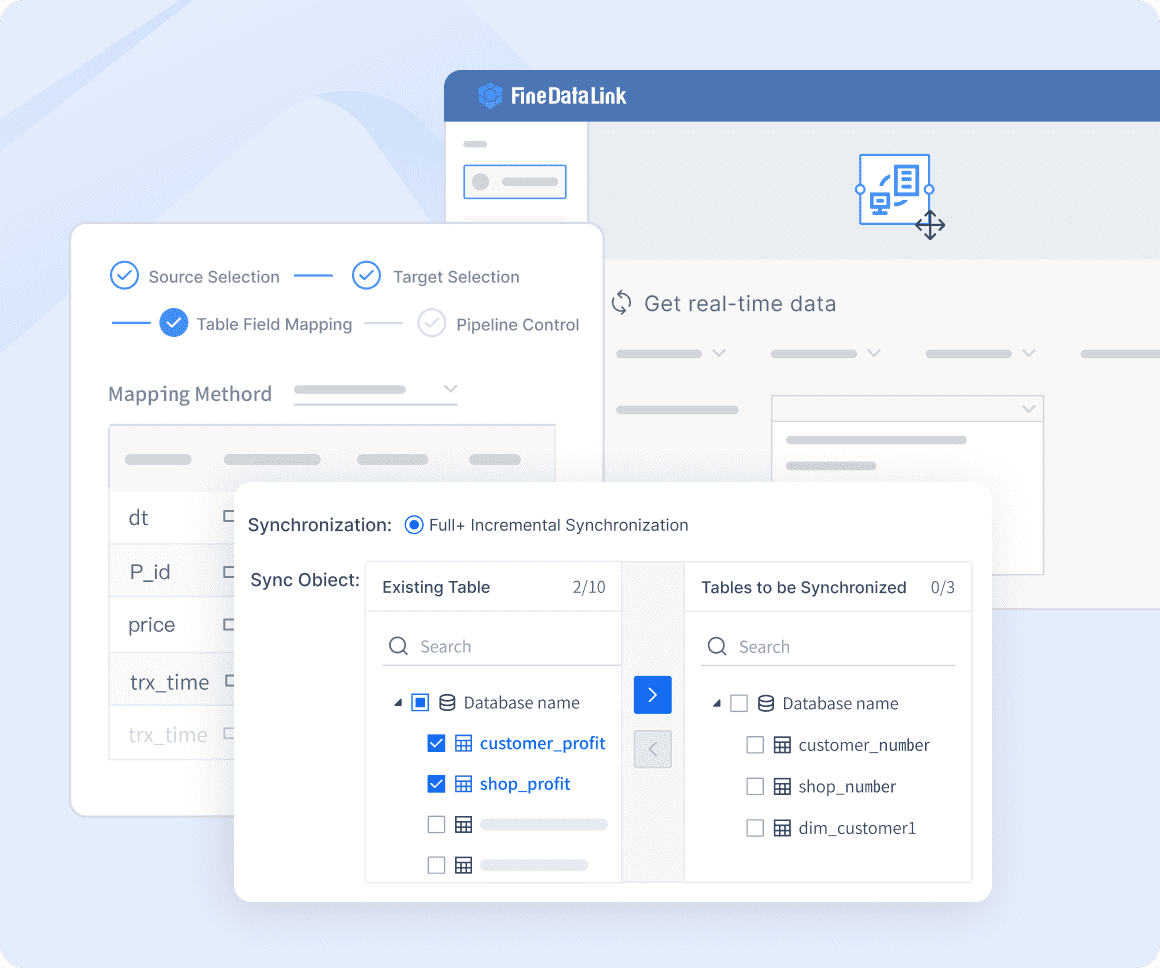
Effective data integration combines data from various sources into a unified system. FineDataLink excels in this area, offering real-time synchronization and advanced ETL/ELT capabilities. By integrating data seamlessly, you create a holistic view of your operations, enabling better analysis and decision-making. This integration supports your data-driven initiatives, ensuring that your data remains relevant and actionable.
By implementing these strategies with FineDataLink, you enhance both the quality and relevance of your data. This approach supports your organization's strategic initiatives, driving growth and innovation through informed decision-making.
Monitoring and Reviewing Data Assessment
Monitoring and reviewing your data assessment process ensures that your data remains accurate and relevant over time. This ongoing evaluation helps you maintain high data quality and alignment with business goals.
Setting Up Continuous Monitoring
Continuous monitoring allows you to track data quality and relevance in real-time. This proactive approach helps you identify and address issues before they impact your analysis.
Automated Monitoring Tools
Automated monitoring tools provide real-time insights into your data. These tools alert you to potential issues, such as data inconsistencies or missing values. By using automated tools, you can quickly identify and resolve problems, ensuring that your data remains reliable. FineDataLink offers robust monitoring capabilities, allowing you to automate the tracking of data quality metrics. This automation reduces manual effort and enhances the efficiency of your data management processes.
Manual Review Processes
While automation plays a crucial role, manual review processes remain essential. Regular manual checks help you verify the accuracy of automated reports and identify any overlooked issues. You should schedule periodic reviews to assess data quality and relevance. During these reviews, involve team members with diverse expertise to ensure a comprehensive evaluation. This collaborative approach enhances the reliability of your data assessment efforts.
Periodic Review and Feedback
Periodic reviews and feedback loops help you refine your data assessment strategies. These activities ensure that your data management practices evolve to meet changing business needs.
Scheduled Assessments
Scheduled assessments provide structured opportunities to evaluate your data. By setting regular intervals for assessments, you maintain a consistent focus on data quality and relevance. These assessments help you identify trends and patterns in your data, allowing you to make informed decisions. Use the insights gained from these evaluations to adjust your data strategies and improve overall performance.
Feedback Mechanisms
Feedback mechanisms enable you to gather input from stakeholders involved in the data assessment process. Encourage team members to share their observations and suggestions for improvement. This feedback helps you identify areas for enhancement and implement changes effectively. By fostering an open feedback culture, you ensure that your data assessment practices remain dynamic and responsive to organizational needs.
By setting up continuous monitoring and conducting periodic reviews, you maintain high standards for data quality and relevance. These practices support your organization's strategic objectives, driving growth and innovation through informed decision-making.
Expert Insights and Best Practices of Data Assessment
Gaining insights from industry leaders can significantly enhance your data assessment practices. By learning from their experiences, you can adopt strategies that have proven successful in real-world scenarios.
Learning from Industry Leaders
Industry leaders offer valuable lessons through their experiences and expertise. You can learn a lot by examining case studies and engaging with expert interviews.
Case Studies
Case studies provide detailed accounts of how organizations have successfully conducted data assessments. These stories highlight the challenges faced and the solutions implemented. For instance, a company might have used FineDataLink to streamline its data integration process, resulting in improved data quality and relevance. By studying these examples, you can identify strategies that align with your organization's needs.
- Identify key challenges: Understand the specific issues faced by the organization.
- Analyze solutions: Examine the methods used to overcome these challenges.
- Apply lessons learned: Implement similar strategies in your data assessment process.
Expert Interviews
Interviews with experts in data analysis and deliverability offer direct insights into best practices. Twilio Experts, for example, emphasize understanding performance trends and identifying areas for improvement. They provide step-by-step instructions to address issues effectively. By listening to these experts, you gain practical advice that can enhance your data assessment efforts.
"Expert Insights is designed to help you: Understand your performance trends in an easy-to-understand, shareable format. Identify areas of improvement with in-depth data on the factors that impact deliverability." - Twilio Experts
Adopting Best Practices
Adopting best practices involves standardizing procedures and exploring innovative approaches. These actions ensure that your data assessment process remains efficient and effective.
Standardized Procedures
Standardized procedures provide a consistent framework for conducting data assessments. By establishing clear guidelines, you ensure that all team members follow the same process. This consistency enhances the reliability of your data assessment results.
- Develop clear protocols: Create step-by-step instructions for each stage of the assessment.
- Train team members: Ensure everyone understands and follows the established procedures.
- Monitor compliance: Regularly review adherence to the protocols and make adjustments as needed.
Innovative Approaches
Innovation plays a crucial role in improving data assessment practices. By exploring new methods and technologies, you can enhance the efficiency and accuracy of your assessments. For example, using FineDataLink for real-time data synchronization can streamline your data integration efforts.
- Explore new tools: Investigate emerging technologies that can improve your data assessment process.
- Encourage creativity: Foster an environment where team members feel comfortable suggesting new ideas.
- Evaluate effectiveness: Assess the impact of innovative approaches and refine them based on feedback.
By learning from industry leaders and adopting best practices, you can enhance your data assessment process. These strategies ensure that your data remains accurate, relevant, and aligned with your business goals.
Additional Considerations of Data Assessment with FineBI
When conducting a data assessment, you must consider several additional factors to ensure a comprehensive approach. These considerations include ethical and legal aspects, as well as future trends in data assessment.
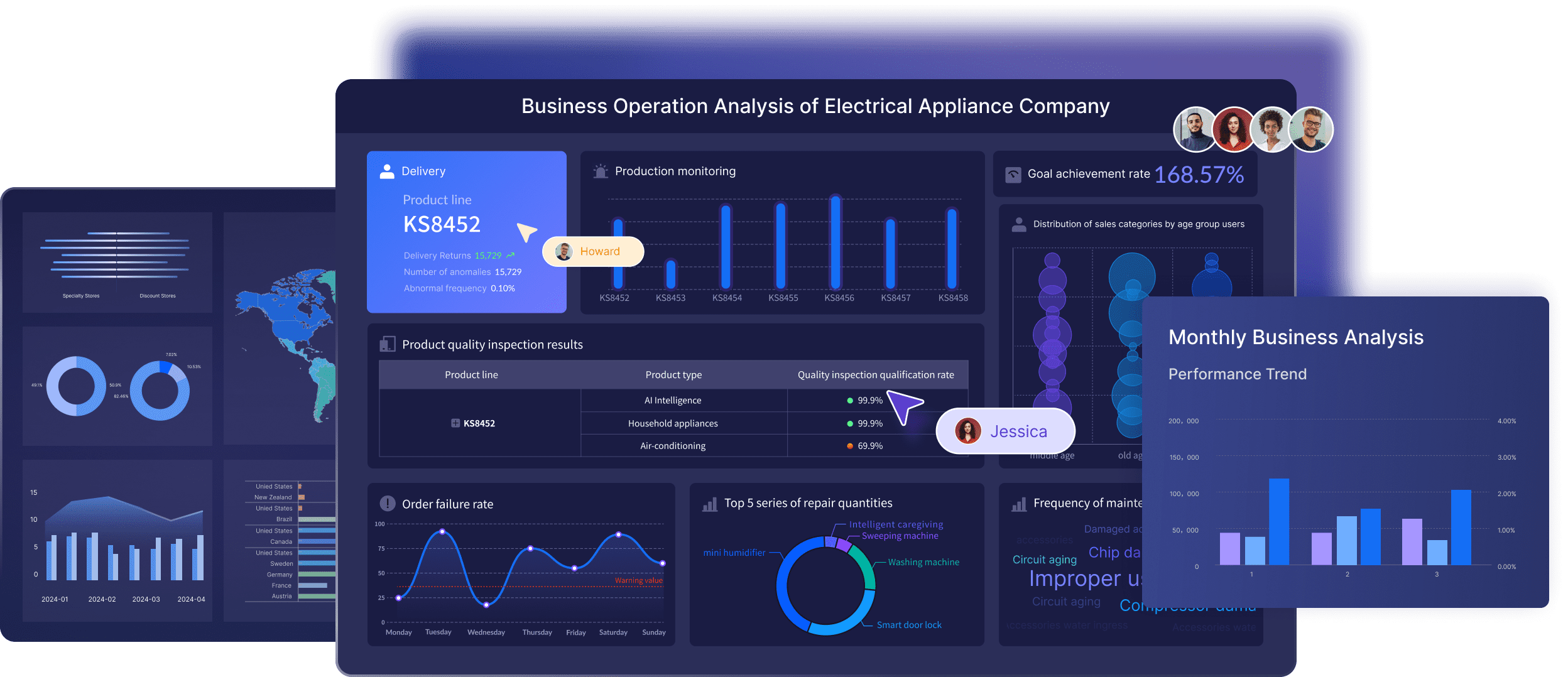
Ethical and Legal Aspects
Understanding the ethical and legal dimensions of data assessment is crucial. You need to address data privacy concerns and ensure compliance with regulations.
Data Privacy Concerns
Data privacy remains a top priority in today's digital landscape. You must protect personal information from unauthorized access and misuse. Implementing robust data privacy measures helps build trust with your stakeholders. Consider drafting a comprehensive data privacy policy. This policy should outline how you collect, store, and use personal data. By doing so, you demonstrate your commitment to safeguarding sensitive information.
Compliance with Regulations
Compliance with data protection regulations is essential for any organization handling personal data. The General Data Protection Regulation (GDPR), for example, applies to businesses within the European Union and those worldwide that process the personal data of EU residents. You must familiarize yourself with relevant regulations and ensure your data practices align with them. Utilizing data privacy management software can simplify this process, helping you maintain compliance and avoid potential penalties.
Staying informed about future trends in data assessment allows you to adapt and innovate. You should focus on emerging technologies and evolving data standards.
Emerging Technologies
Emerging technologies continue to reshape the data assessment landscape. Tools like artificial intelligence and machine learning offer new ways to analyze and interpret data. By leveraging these technologies, you can enhance the accuracy and efficiency of your data assessments. Keep an eye on technological advancements and consider integrating them into your data strategies. Doing so will help you stay ahead of the curve and maintain a competitive edge.
Evolving Data Standards
Adopting new standards can improve data interoperability and facilitate seamless integration across systems. Regularly review industry guidelines and best practices to align your data assessment processes with current standards. This proactive approach ensures that your data remains valuable and actionable.
By considering these additional factors, you can enhance your data assessment efforts with FineBI. Addressing ethical and legal aspects, while staying informed about future trends, ensures that your data practices support your organization's strategic objectives.
To conduct an effective initial data assessment, you should follow key steps: identify data sources, evaluate data quality, and assess data relevance. These steps ensure that your data supports strategic objectives. Continuous improvement remains vital. Regularly review and refine your data practices to adapt to evolving needs. Embrace insights and best practices from industry leaders. Tools like FineBI can enhance your data analysis capabilities, offering real-time analytics and insightful visualizations. By applying these strategies, you empower your organization to make informed decisions and drive growth.
FAQ
Conducting an initial data assessment is crucial for ensuring data quality and reliability. It helps you identify data sources, evaluate data quality, and assess data relevance. This process sets the foundation for effective data management and analysis, enabling informed decision-making and strategic growth.
Improving data quality involves several steps. You should focus on data cleaning and validation processes. Use tools like FineBI to automate these tasks, reducing manual errors and enhancing accuracy. Regularly review your data for completeness and consistency to maintain high-quality standards.
Data teams often face challenges such as low productivity due to manual work and a lack of automated processes. Many organizations still rely on manual data quality checks, which can lead to inefficiencies. Implementing automated tools and processes can help overcome these challenges.
FineBI offers a comprehensive suite of tools designed to streamline data integration and management. It enhances data quality through automated cleaning and validation processes. FineBI also increases data relevance by providing insightful visualizations and real-time analytics, supporting your data-driven initiatives.
Data relevance ensures that the data you collect aligns with your business goals. Relevant data provides actionable insights that drive growth and innovation. By focusing on data relevance, you ensure that your data supports your strategic objectives and enhances decision-making capabilities.
Continuous improvement involves setting up automated monitoring tools and conducting periodic reviews. These practices help you maintain high standards for data quality and relevance. Encourage feedback from stakeholders to refine your data assessment strategies and adapt to changing business needs.
Continue Reading About Data Assessment
10 Game-Changing Project Management Reporting Types!
Unlock project success with 10 must-know reporting types! Track progress, manage risks, and stay on budget like a pro.
Lewis
Mar 03, 2025
10 Must-Have Marketing Agency Reporting Tools for Your Success
Optimize your agency's performance with top reporting tools. Explore analytics, social media, SEO, and more for data-driven decisions and efficiency.
Lewis
Oct 09, 2024
15 Best Software Reporting Tools for 2025
Explore the top 15 software reporting tools for 2025. Compare features, pricing, and usability to find the best fit for your business needs.
Lewis
Oct 08, 2024
2025 Best Data Integration Solutions and Selection Guide
Explore top data integration solutions for 2025, enhancing data management and operational efficiency with leading platforms like Fivetran and Talend.
Howard
Dec 19, 2024
2025 Data Pipeline Examples: Learn & Master with Ease!
Unlock 2025’s Data Pipeline Examples! Discover how they automate data flow, boost quality, and deliver real-time insights for smarter business decisions.
Howard
Feb 24, 2025
2025's Best Data Validation Tools: Top 7 Picks
Explore the top 7 data validation tools of 2025, featuring key features, benefits, user experiences, and pricing to ensure accurate and reliable data.
Howard
Aug 09, 2024


